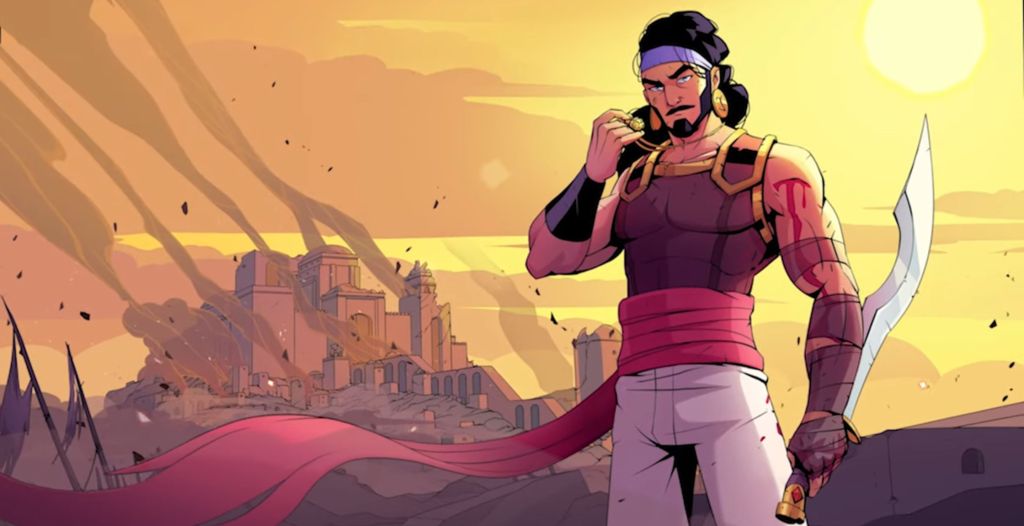This article originally appeared on Creators.
As part of 50 States of Art , Creators is inviting artists to contribute first-person accounts of what it is like to live and create in their communities. Eli Blasko is a visual artist, curator, muralist, designer, and art writer currently living in Spartanburg, South Carolina.
Videos by VICE
Let me come clean: I’m not from here. I was born a Pennsylvanian, north of Pittsburgh, but have lived and worked in South Carolina’s Upstate region on and off for several years. I originally moved here for a six-month residency through Hub-Bub, as did many in Spartanburg’s creative circle. I stayed for a while after my residency, admittedly, because of a large warehouse studio space and upcoming exhibitions in the Southeast, and left for a time to pursue two other residencies, only to be drawn back. Spartanburg may not be an art town yet, but it is managing to get enough things right that make it enticing for artists like myself to stick around.

Photo of the author. Courtesy of Lydia See.
For me, these items include making a living wage solely through my art, an abundance of affordable studio space, a low cost of living, ample funding for projects keeping many artists like myself creatively and conceptually sated, and proximity to cities with larger markets in which to exhibit work. Not to mention the handful of advocates and administrators making great things happen, fundraising, doing the paperwork, and allowing me to continue creating undisturbed.
I am a sculptor, printmaker, and woodworker by trade, and co-run a mural and hand-painted signage business with fellow artist and designer Russell Bannan, a native son. This keeps me busily bouncing between commissions, public projects and my own work.
My practice is tactile; inspiration can come from numerous places, but the unifying factor is a need to manipulate and play. Assembling objects is how I make sense of things, and materials that have past lives speak most loudly to me. Currently, I’m installing four large sculptural spaces, developed in close collaboration with community members who have christened them “Artlets.” These works take the idea of the front porch as their nexus, expanding upon its importance as a place where localized community and culture are built and perpetuated through the sharing of narratives, conversations, and a wide array of creative and other activities.

Shrine: Dissolution of the Idol. Image courtesy the author.
When I first arrived at Hub-Bub, I made work for gallery display exclusively, and wouldn’t have dreamt public art and creative placemaking would make up nearly half of my practice several years later. Throughout this gradual shift, I’ve come to realize that South Carolina needs things from its artists, probably more so than most places. Culture, too, needs artists to be in places like Spartanburg at a time when polarizing populism threatens to divide us. The reason this mindset persists here isn’t because it’s the land that progressive art making forgot, but rather it’s the land in which it’s still growing. The seeds are here, and everyday people are hungry to be challenged. Even if that challenge comes in small steps.
A need is met when Anna Abhau Elliott can fill a black box space with a lo-fi piece of devised theater, using text from an 1871 Federal investigation of Klan violence in Spartanburg. And met again when that performance is followed by an open discussion of racial politics led by an artist-run nonprofit, Speaking Down Barriers, encouraging people to voice their own personal struggles with race to an audience of all colors. A challenge is accepted when Lauren Ferebee schedules a week straight of progressive theatre written by NYC artists that packs the house almost every single night. A context is built when Lydia See illuminates Spartanburg’s complex textile history while teaching basic hand weaving at the local library.

Familiar Spirit (Sky) Year: 2016. Media: packaging peanuts, dove’s feet, faux gold chain, XPS, paper, paint, steel. Image courtesy the author.
Living here pushes us as artists in different ways than elsewhere. The importance of taking risks in South Carolina isn’t necessarily to get a great review for an exhibition. Taking risks in one’s practice here is critical because it’s what the region needs to briefly exit its comfort zone, to gently open it up to perspectives different from its own, and to illuminate its past while pushing it forward.

All year, we’re highlighting 50 States of Art projects around the United States. This month, we’re covering Illinois, Indiana, South Carolina, North Dakota, and Hawai’i. To learn more, click here.
More
From VICE
-

Screenshot: Shaun Cichacki -

Collage by VICE -

Collage by VICE -

Screenshot: Ubisoft
